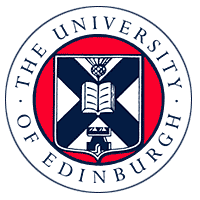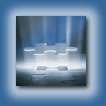
For over 20 years, the University Of Edinburgh has been world-renowned for its work in the area of speech and language technology. As part of the MATCH Project, Edinburgh's Centre for Speech Technology Research and Human Communication Research Centre are focusing on speech-based components for home care systems.
The three main areas of interest that MATCH has in speech and language technology are as follows.
The first topic is Speech Recognition. This enables computers to convert speech to text: if a user speaks, the computer can recognize the words and sentences that were spoken. We can use speech recognition to enable computers to respond to spoken commands (such as 'turn on the lights'), to take dictation (such as a letter), or as part of a spoken dialogue system.
The second topic is Spoken Dialogue Systems. These enable people to have spoken conversations with computers, typically to achieve a specific task such as scheduling a doctor's appointment or booking a cinema ticket. In a spoken dialogue system, the computer must understand what the user has said, decide on the best response, then speak the response to the user.
The third topic is Speech Synthesis. This is the process of generating spoken output by computer. The University of Edinburgh specializes in developing highly intelligible, yet natural, voices. Speech Synthesis can be used to read out any text, whether short messages or entire books. Speech Synthesis is the main output component of Spoken Dialogue Systems.
To discover more about Speech and Language Technology, and about MATCH research at the University Of Edinburgh, please use the menu on the sidebar to view simple tutorials on each topic. Alternatively you can click the Continue arrow below to go straight to the first technology, Speech Recognition.


